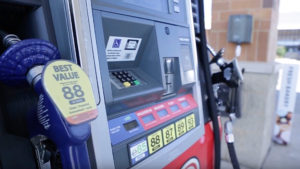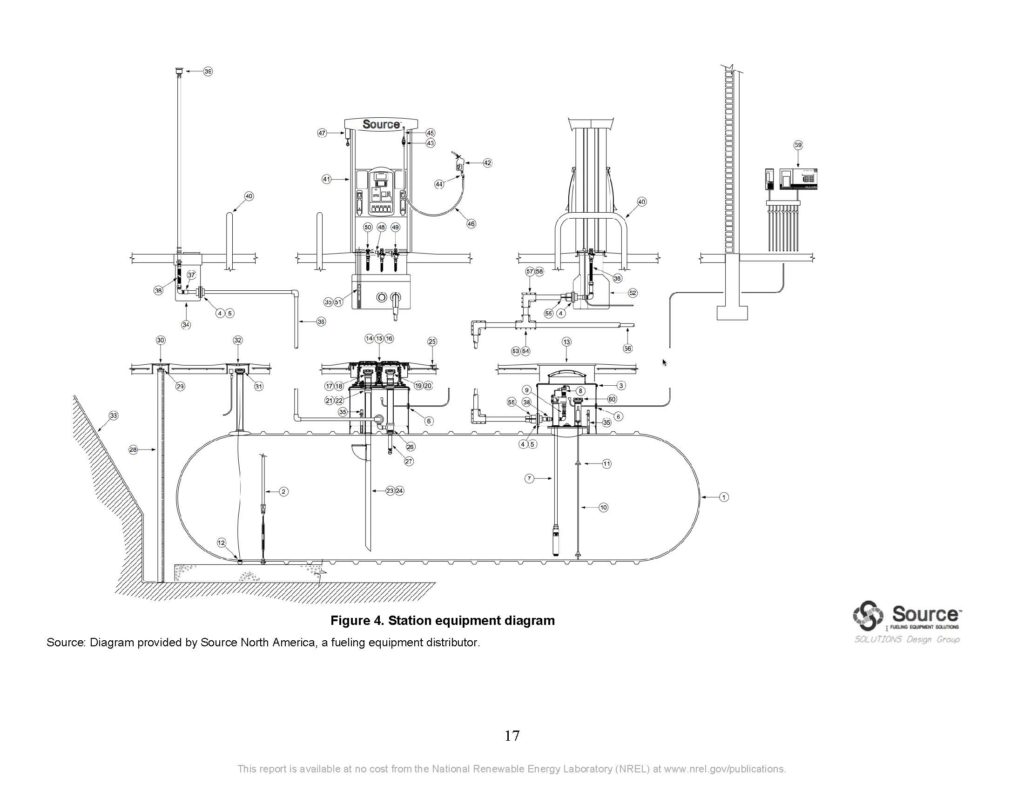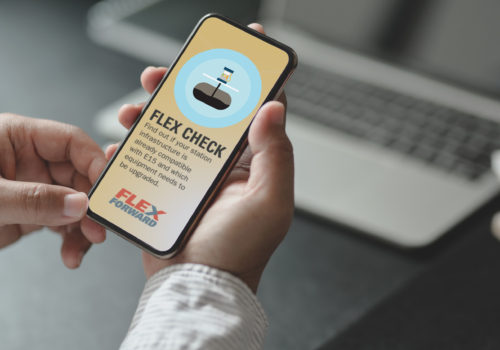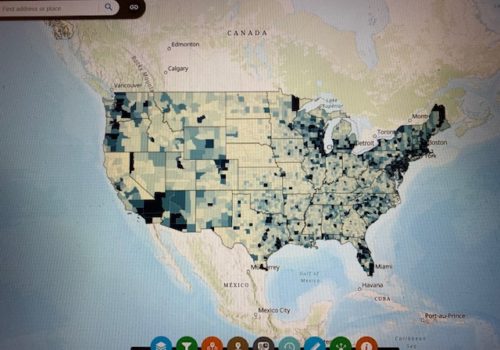
Find Equipment Answers Here
If you’re a station owner who’s been intimidated by rumors, fear mongering, or late-night Internet searches about E15 and other ethanol blends, this may come as a surprise:
There’s an exhaustive catalog of science on equipment compatibility with flex fuels.
It’s been out there a long time and comes from industry groups, manufacturers, and independent government research organizations. It just hasn’t been widely promoted. We’ve brought it together here to give you the resources to check if your station is ready for E15 and Flex Fuels.
When it comes to E15, in most cases, we’re pretty confident the answer is “yes,” you’re probably good to go. That’s because most tanks, valves, pipes and dispensers build before XXX have been certified to handle E15. Higher blends may require some minor upgrades.
The point is you have three or four sources to get a grip on where you stand.
National Renewable Energy Laboratory (NREL)
NREL has been at the forefront studying the use of ethanol-blended fuels with fuel station equipment. They’ve issued a pair of exceedingly thorough reports that cover off on every dimension of your fueling infrastructure. One report focuses on E15 and Infrastructure, the other focuses on E85 and other mid-level blends of ethanol.
“Over the last decade, a tremendous amount of work by refueling equipment manufacturers, industry groups, and federal agencies has resulted in a long list of equipment that can be used with E15,” the report explains. “[NREL] addresses compatibility through a literature review, a summary of applicable codes and standards, review of equipment manufacturer products, and verification with manufacturers regarding which ethanol blends work with their products.”
We’ve uploaded the NREL guidelines for ethanol compatibility by equipment type here. Have a look.
Download the NREL “E15 and Infrastructure” Report.
Download the NREAL “Handbook for Handling, Storing, and Dispensing E85 and Other Ethanol Blends.:
Petroleum Equipment Institute (PEI)
PEI is a trade association for equipment manufacturers and distributors who supply infrastructure to the liquid fuels industry. With more than a half a century and 1,600 members in all 50 states and across the world, PEI is the authority for fuel station equipment.
The group has compiled a directory of equipment manufacturers that certify their products’ compatibility with E15 and higher flex fuel blends, the “UST Component Compatibility Library.” That’s because EPA determined that owners and operators must demonstrate that the following UST components are compatible with the fuel to be stored:
- Tank
- Piping
- Containment sumps
- Pumping equipment
- Release detection equipment
- Spill prevention equipment
- Overfill prevention equipment
The Library includes links to signed letters from each manufacturer ensuring their products’ ability to handle various flex fuels. Take a look at the report here.
Your Local Installer
If you’re not sure what tanks or pipes you have at your facility, check with your local installer. They should have records of exactly what’s on your property. If you’re certain, most states have departments (ex.: Department of Environment and Natural Resources) that regulate fuel stations and should keep good records on the specs and installation year of the equipment at your site.






